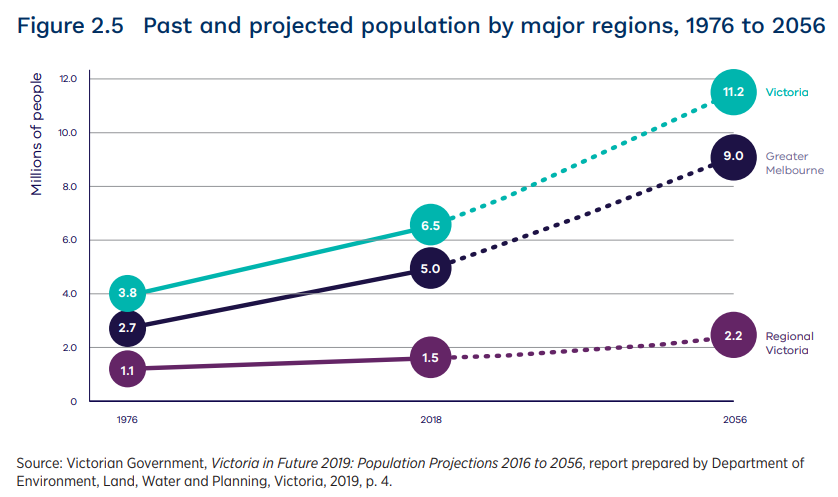Victoria is the epicentre of Australia’s homelessness crisis.
Victoria has the lowest amount of social housing in Australia, accounting for only 3% of total dwellings. That is far lower than the national average of 4.2%, which is already low by world standards.
The Guardian reported last year that Victoria’s social housing stock grew by only 74 homes in four years “despite a huge waiting list” that “has grown by about 45% – from about 44,000 applications in June 2018 to 64,168 in June 2022”.
7News also reported in November 2023 that the Victorian Government had “demolished more public housing than it’s built over the last four years”, with government data showing “that for every 26 homes taken out of the system, only 12 are being rebuilt”.
On Tuesday, The Age reported that Victoria has thousands of unoccupied public housing units and has the lowest occupancy rate in the country.
According to the Productivity Commission, there were 64,720 public housing dwellings in Victoria at the conclusion of the last financial year.
The figure was 64,404 in June 2015, representing a net growth of slightly more than 300 dwellings over the previous eight years.
Victoria’s public housing occupancy rate has progressively declined during Labor’s Big Build program. It was 98.1% in 2016, 96.4% in 2019, and 94.8% in 2022.
The state’s 93.7% public housing occupancy rate in June 2023 also compares poorly with Queensland’s (98.2%), New South Wales’ (97.0%), and Western Australia’s (96.8%).
But never fear. The Victorian government is paying top bureaucrat Jeroen Weimar $533,000 a year to lead the government’s housing policy in the Department of Premier and Cabinet.
Victoria’s population has ballooned by 2.2 million people this century and is forecast by the state government to swell by another 4.3 million people by 2056:

Clearly, the shortage of public housing will worsen based on these projections, throwing thousands more residents into homelessness and rough living.

